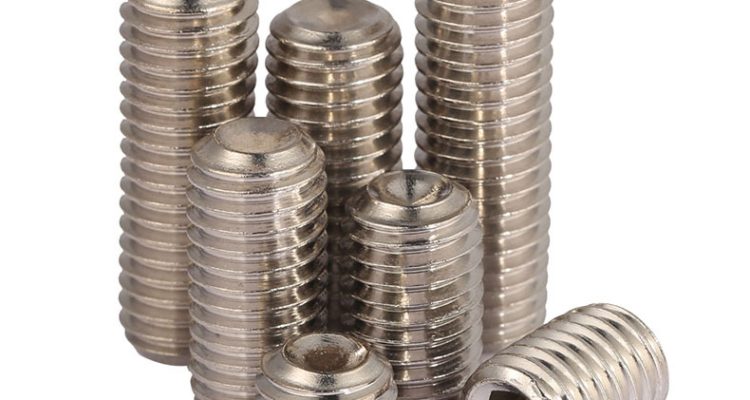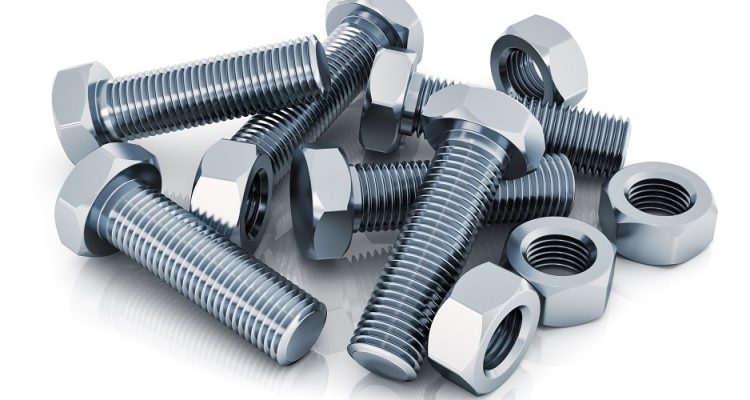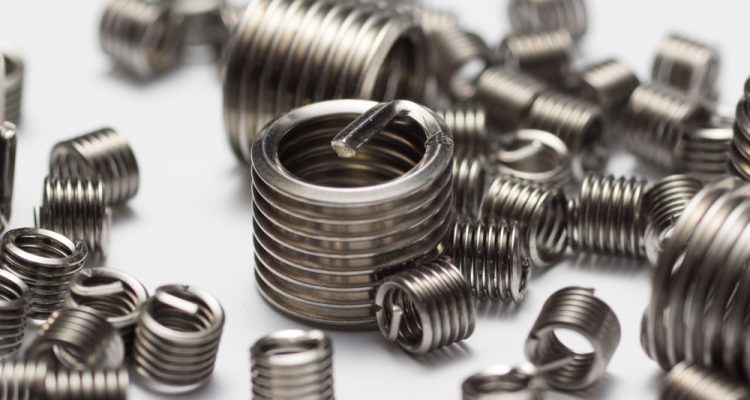
How to discover screw factories for bulk purchases
Explore directories, attend exhibitions, network with suppliers, consult associations, use online platforms.
Table of Contents
ToggleExploring the Screw Market: Revealing Costs
The screw market, as an area of interest, provides insight into the nature of costs. In particular, the present cost review intends to uncover the relevance of materials, sizes, bulk buying, and brand selection for screw prices. Such an approach will contribute to a better understanding of the aspect in an analysis of costs and prices, giving guidelines for future reference.
The Role of the Material and the Size
Firstly, among screws, the material and the size are primary determinants of the price. For example, stainless steel screws are long-lasting and highly resistant to corrosion, and their in-class 0 materials ensure the highest quality. Finally, the cheapest ones may be manufactured of wood or rod, ensuring the lowest prices due to the poor quality of material. As to the price, the screw prices vary from $0.05 to 0.50 for the most common sizes. The screws made of titanium, due to the material’s high cost and the screw’s high strength-to-weight ratio as well as resistance to corrosion, can reach a higher price, from $0.30 to $1.00. Generally, the larger screw’s size requires more material, is longer, and thus, its unit cost is increased. For example, one-inch-long stainless steel screw may cost $0.05, while one of 4 inches will be $0.20.
The Effect of Buying in Bulk
Secondly, the tool-die material cost is reduced when buying in bulk. This implies that the cost of, for example 1,000 screws, which price is 7 cents each when the unit cost is 10 cents. Ultimately, the bulk purchase may result not only in the benefit for large construction projects but also to small business cost savings.
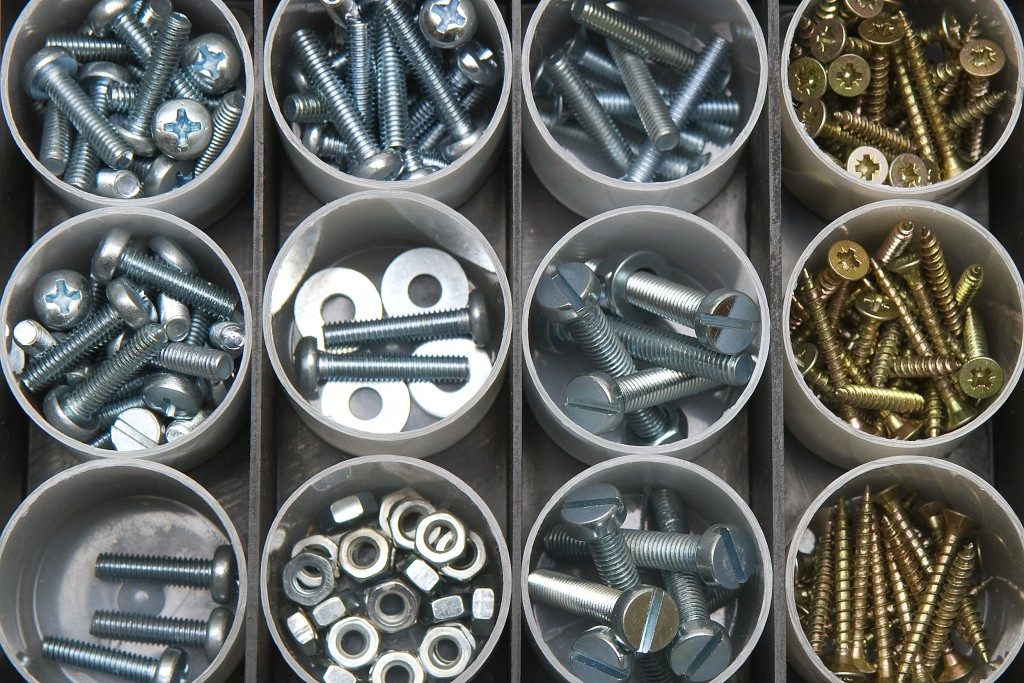
Types of Construction Fasteners
Brand Influence on Screw Costs
An important factor in the market for bolts is the brand. Moreover, with this factor, in most cases, the price is already related. The fact is that first-tier bolt manufacturers such as FastenMaster and GRK charge more money for their products due to high brand recognition. The conditional threshold at which non-branded bolts begin to be equated with their recognized analogs passes at a premium of 20 to 30%. Due to the high quality of the screw and less frequent failure, the price of the product can be considered justified.
At first glance, this is an obvious fact, but understanding this aspect of the market can guarantee customers more competent communication with sellers and increase the likelihood of making a well-considered decision. Customers need not spend a lot of money on the earliest high-quality bolts from brand manufacturers and be confident that these products will not rust and will break less often. However, there is also no need to save and limit oneself exclusively to high-quality products, as less reliable products can suit them at least in terms of the number of parts.
Strategic Sourcing: Finding the Right Supplier
In pursuit of success in the commercial sphere, suppliers become a significant decision that must be addressed in an integrated manner. By creating an attitude to consider suppliers solely from a minimal cost position, businesses deprive themselves of benefits. No less important is that, considering the minimum cost of their future product that may vary within 5%, the products of specific suppliers will be rejected from dozens or even hundreds. Just now, let’s begin to understand what the process of finding the right supplier looks like and how to embark on such a journey.
Balancing Cost and Quality
The age-old sword of low cost swinging over the quality and quality cover dictates many things in strategic sourcing. For example, a low-cost supplier might appear decent enough to fulfill your order, so you pay gladly. However, the result might be orders returned, unsatisfied customers, and, thus, the costs elevated beyond the idea of using a low-cost option as worth it. The answer is to purchase from suppliers whose offers are both dirt cheap and decent enough. The key to finding these suppliers is assessing the total cost of ownership, including the price of the goods, shipping, handling, and the potential for returns. Sometimes, paying a bit more for the goods can save you from paying the hidden costs.
Online evaluation
The guide provided by the BIBB relates to online supplier evaluation as one of the crucial steps. Nowadays, many businessmen search for suppliers, read reviews, browse through potential supply sources on online platforms and B2B marketplaces. Google, Alibaba, and ThomasNet are the most influential online tools allowing their users to browse to the fullest extent. However, there is also due diligence to consider, which requires samples to be requested, references checked though not by someone’s outstretched hand, and the site, ideally, visited. The last point is perhaps the best tool hands down, having one put at their disposal by the twenty-first century. The presence of a visitor demonstrates so much – from the overview of the operation and products to quality control and deadlines followed. Finding the right supplier is an art accomplished using strategy, research, and online tools.
Planning Purchases around Sales and Discounts
One of the best ways to ensure you spend effectively is by planning your purchases around sales and discounts. Retailers and suppliers will typically run sales at certain times of the year, such as during the holiday season, at the end of the financial year, or when they are clearing out inventory. It is a good idea to purchase tools and materials when hardware stores run their Fourth of July sales and offer discounts on tools and equipment of anywhere between 15% and 30%. Identify the suppliers you regularly purchase from and sign up to their newsletter to be notified of any discounts or sales. This will help you recognize the patterns and plan your purchases around these times, ensuring you pay significantly less for your materials and equipment.
Finding Alternatives to Reduce Costs
Using alternative materials to those you had in mind can also help you stay on a budget without sacrificing the relative quality of your project. If you require a screw with a high level of durability and corrosion resistance but stainless steel screws are more expensive than you would like, purchasing zinc-coated screws is an alternative that makes sense. They provide good corrosion resistance and cost significantly less. In the case of non-structural components, using polymer-based materials can reduce the cost by up to 50% while serving the same function and maintaining the look. Always check the technical requirements for your project to make sure substitutes would be just as effective.
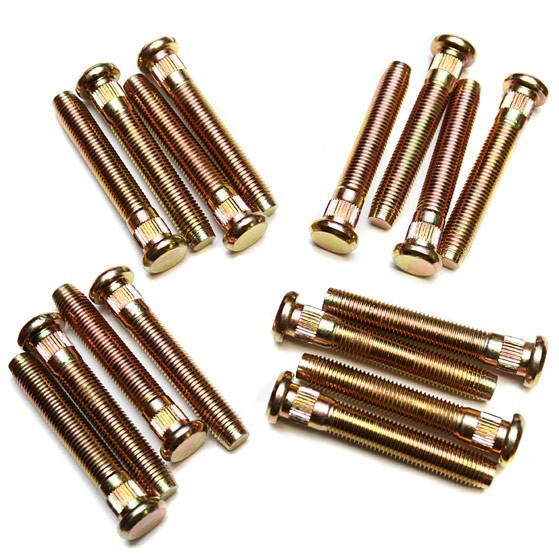
ARP – Hardened Wheel
Leveraging Bulk Discounts
Purchasing in bulk can unlock significant discounts, and screws, especially, are an ideal candidate for bulk purchasing. They have a long shelf life and are used frequently across many different projects. Suppliers may offer tiered pricing, meaning that as you purchase larger quantities of an item, the price per unit declines. While a small pack of screws may cost you around a dollar or so, when you purchase them in quantities of 1,000 or more, you will save 20% to 40% of the total cost. Always engage suppliers about bulk discounts, and consider pooling with friends or family to hit the supplier’s minimum bulk purchase orders. Not only does this significantly reduce the cost per unit, but it also establishes a reliable stockpile of a frequently used item that you don’t need to order often. This saves on shipping costs and additional time spent on online orders.
Utilities made easy. IbVPN: I can pay my bills sitting on the couch and have my favorite shows streamed on television. It works great, and it really is affordable.
While being savvy about your purchasing and maximizing your returns, there are certain addendums to be made around the quality of the product, as well. This discussion will delineate why it is important not to overly focus on the discount dirt cheap products and explain why sometimes discounts are misleading and void in your case. The maintenance of fastenings and their longevity will also be discussed, as well as the importance of standards.
Importance of Quality in Fasteners
The strength of a whole construction is in the smallest parts. Such small details as high-quality fasteners and screws prevent failures and collapses, which may have catastrophic consequences. Official statistics on the reasons for structural failure show that nearly 30% of all costs are related to the use of poor-quality material. Choosing the best screws and bolts made of the right materials and exact calculations improves the characteristics of the whole construction and the products made of it. In addition, owning such information may protect people and objects from potential hazards. The importance of the high-quality material should not be underestimated. They guarantee the appropriate reputation of builders and constructors.
Maintenance and Longevity of Screws
The direct proportion exists between the quality of screws and durability. Premium material presupposes their decay-proof behavior, resistance to environmental impacts, and effort applied. For instance, stainless steel 316 screws are commonly recognized for their corrosion-resistant quality, perfect for outdoor and marine applications, where lower materials decay rapidly. Regular occasional use, periodical tightening, and stability checks help maintain construction for as long as possible. Typically, it means dozens of years. A well-known statement sounds that the lifespan of any construction is as good as the quality of its smallest component.
Standards and Specifications Compliance
The compliance with standards and specifications is non-negotiable in the context of the quality and reliability of fasteners. There are multiple international and national standards, such as ASTM, ISO, and DIN, that provide necessary materials, manufacturing processes, and performance criteria for screws and bolts. The compliance ensures that the fasteners are capable of withstanding the forces and conditions they are supposed to face. For instance, an ASTM F3125 Grade A325 bolt is specified for structural bolting application, and not complying with it would result in decreased safety and ductility.
However, the issue is not only related to the safety and reliability of final products but also to legal and regulatory requirements. Manufacturers and contractors have to make sure that the screws and bolts they choose comply with these standards. Unlawful will have to pay compensation and bear additional expenses; overall, the company will suffer serious losses. Such focus on quality, maintenance, and standards ensures that the use of fasteners has a positive impact on the longevity and integrity of projects. It also demonstrates the understanding that true cost-saving and value can only be attained by investing in such components rather than cutting on them.

